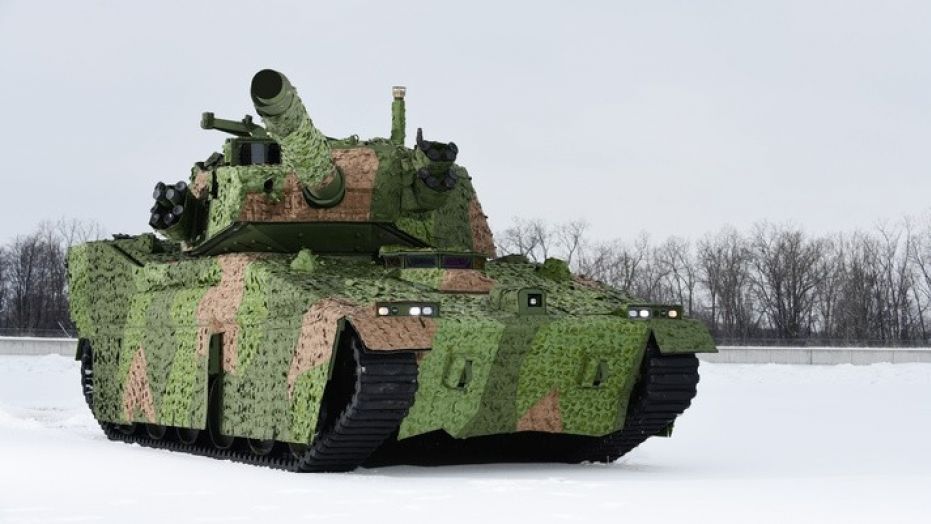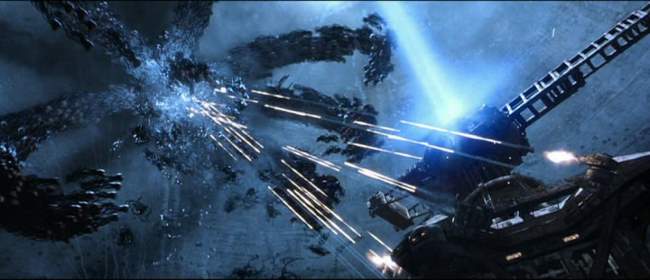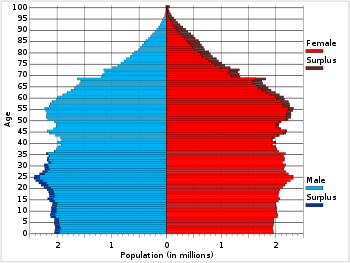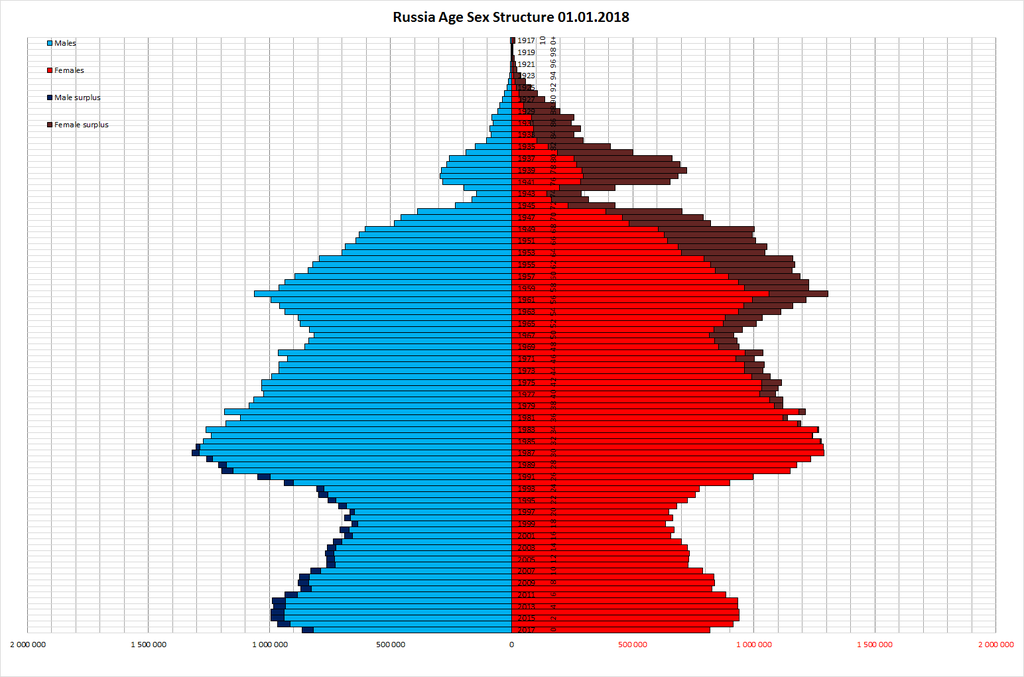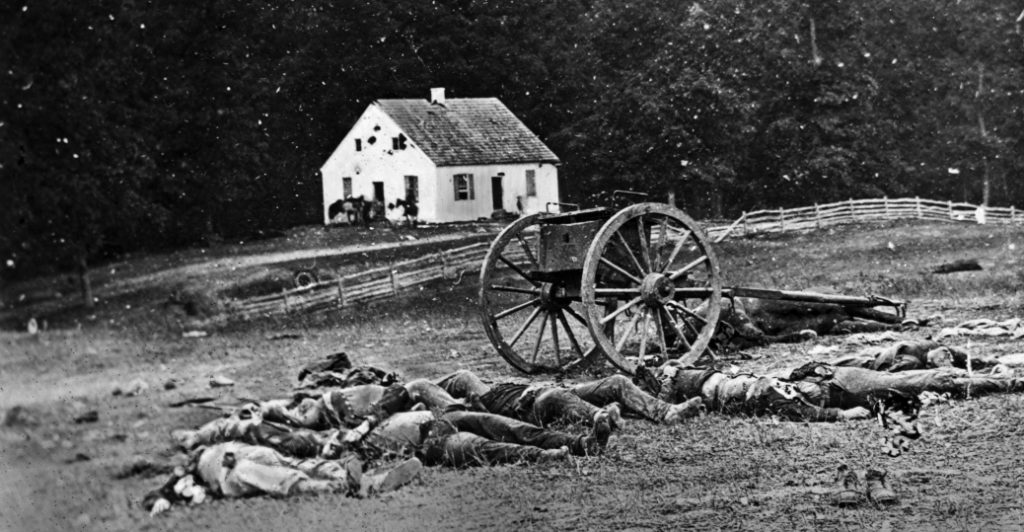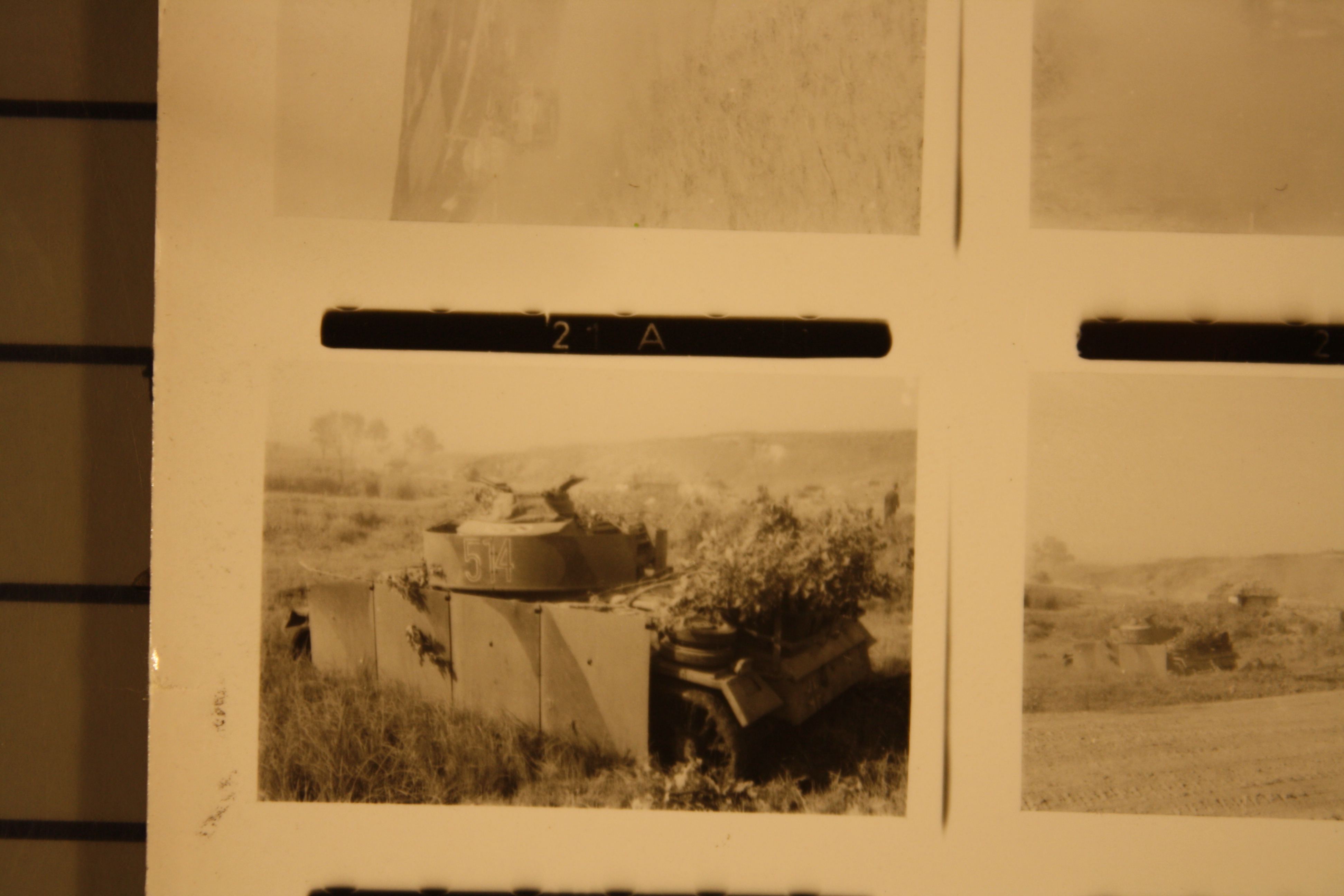
I was recently reviewing a book called Germany and the Second World War: The Eastern Front 1943-1944. On page 124 it stated that “[On 12 July] In reality, this [the Adolf Hitler SS Panzer] regiment consisted of only one battalion of three companies, to which a heavy armoured company with four operational Tigers had been attached. The other battalion was back in Germany undergoing conversion to Panthers.”
Now, the LSSAH (Leibstandarte SS Adolf Hitler) Division did send its I Battalion back to convert to Panthers, but I still believe that the tank (panzer) regiment was operating with two battalions and more than three regular panzer companies. They probably had a temporary battalion drawn from elsewhere as had been done for the Das Reich SS Division. The problem is that I do not have a detailed organization chart for the LSSAH Division for June or July 1943. I do have the Das Reich and Totenkopf organization charts for August and July respectively and they both have two battalions with 7 or 8 panzer companies. As the Adolf Hitler SS Division has more tanks than either of them, I assume it also had two panzer battalions. Yet other authors seem to want to imply that somehow the Adolf Hitler SS Panzer Regiment was at half-strength at Prokhorovka, even though it had more tanks than either of the other two SS divisions..
On page 136 of that book it states that “The conclusion is that on 12 July at Prokhorovka 5th Guards Armoured Army fought only against two SS Armoured Infantry Divisions (each with a single armoured battalion), apart from an insignificant skirmish at Rzhavets.”
To start with the LSSAH Division on 4 July had 90 Pz III and IVs, and 9 Pz III Command tanks. There is simply no way to assemble them into a battalion of three companies with a strength of only 22 tanks per company. Even if 5 Pz IIIs are with the 13th Panzer Company (the Tiger company), and another 9 – 13 tanks are with the battalion and regiment headquarters, this leaves at least 81 Pz III and IVs for the II Battalion. With only three companies, they were either operating with 27 or more tanks per company, or there was some other organization. Ribbentrop, the 6th company commander, did state that there were 22 tanks in his company and I don’t recall seeing overstrength tank companies in German organizations before.
So, either the LSSAH had 1) overstrength tank companies, 2) a 4th company in the II Battalion, or 3) a temporary I Battalion.
I do not have an organization chart of LSSAH for June, July or August. I do have the organization chart for the Das Reich on 1 August 1943. There it shows the II Panzer Battalion. In the place of the I Panzer Battalion is an AT Battalion which has three companies reporting to it, a tank company, and two antitank companies (but armed with tanks). It is clear that the Das Reich SS Division had created a temporary I Battalion to handle its tanks. It had done so by I August, and I suspect it had done that before the Battle of Kursk (which started 5 July). If the Das Reich SS Division had done this before Kursk, then I would not be surprised it LSSAH did something similar.
The records I have do reference a I Battalion with the LSSAH on 8 July. In my files is a report from the “Tagesmeldung” for LSSAH for 8/7/43 17.45. It states “Am 8.7.43, 05..00 Uhr, trat verstarktes I.Pz.Rgt.1 aus Prokrowka zum Angriff auf Bol. Majatschki…” (T354, R605, page 577). This was not a simple typo, for the same report is repeated in a “Presentation of Events” that states for 8 July: “05.00 Uhr. Angriff I.Pz:Rgt. “L-SS-AH” gegen Bol. Majatschki.” (T313, R368, note they use the Roman numeral I, which indicates battalion). So, either something or someone was serving as the first battalion of the regiment; or this is an incorrect report broadcast to two sources. This is referenced in my Kursk book on page 622 where the I Battalion of the Adolf Hitler SS Panzer Regiment is attacking at 0500 from Pokrovka towards Bolshiye Mayachki.
Another historian I have been discussing this with has also looked at the LSSAH division history for 1943 by Rudolf Lehmann and mentions an 8th panzer company that may have been created in May/June.
So, we are left with one of three constructs:
1. There are 27 or more Pz III and IVs in each tank company.
A. This is both unusual and contradicted by Ribbentrop.
2. There is an 8th company in II Panzer Battalion
A. Also contradicted by Ribbentrop.
3. There is a temporary I Battalion created.
A. Similar to what Das Reich records on 1 August.
B. And referenced in two reports on 8 July.
Of course, logic would dictate that the Adolf Hitler SS Division had an arrangement similar to what was done with the Das Reich. If they did not, then it begs the question of how did they command 106 Pz I-IVs with three tank companies. The division had 3 Pz I (one of them a command tank), 4 Pz IIs, 90 Pz IIIs and Pz IVs (79 of them Panzer IV longs), 12 Pz VI and nine Panzer III Command tanks. With 22 tanks per company, and the 12 Tiger tanks in one company, they clearly needed 6 to 8 companies to handle this collection of armor. There are 3 or 4 tank companies in a battalion. On 1 August, the Das Reich SS Division had seven regular tank companies (not counting the Tiger company) which had between them 8 and 21 tanks each, with only one company having as many as 21 tanks (T313, R387). The Totenkopf SS Division had six regular tank companies (T78, R719) throughout this period.
On 15 April I have a status report as of 30 April (not sure how that works) that clearly indicates that LSSAH and DR SS Divisions only have one battalion (see:T313, R366, page 2078). It lists “1 Pz.Abt” for LSSAH and “1 Pz.Abt” and “1 Tiger-Kp.” for DR SS Division. Yet on 1 August the Das Riech SS Division has two battalions, one a temporary battalion created from an AT tank Battalion. I have assumed this was also its organization as of 1 July 1943. At least to me, it makes the argument that both panzer regiments replaced the missing I Battalion with a temporary battalion for Kursk.
The tank status report for Das Reich for 1 May lists the panzer regiment without the 1st Battalion (T313, R387, page 369). The similar tank status report for 1 June lists the panzer regiment but no statement that it is without the 1st Battalion (T313, R387, page 505). Same with the 10 June report (T313, R387, page 560). Is this because something changed? This does lead me to strongly suspect that Das Reich created it temporary I Battalion on or before 1 June. If Das Reich did so, I would assume so to would LSSAH.
So, logic would dictate that the Adolf Hitler SS Panzer Regiment has two battalions, while two similar reports on 8 July 1943 also reference the I Battalion. Is there any documentation I have missed that could further clarify or resolve this issue?




